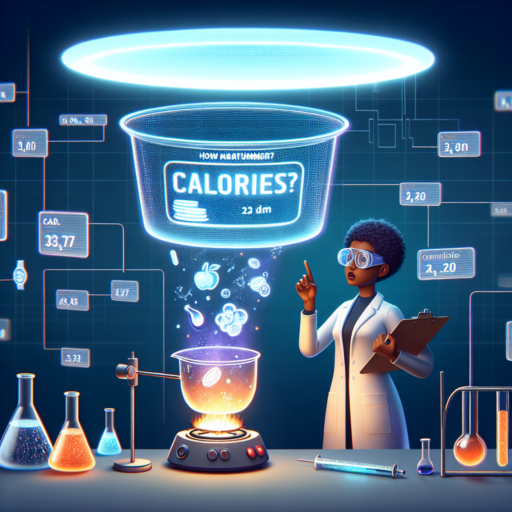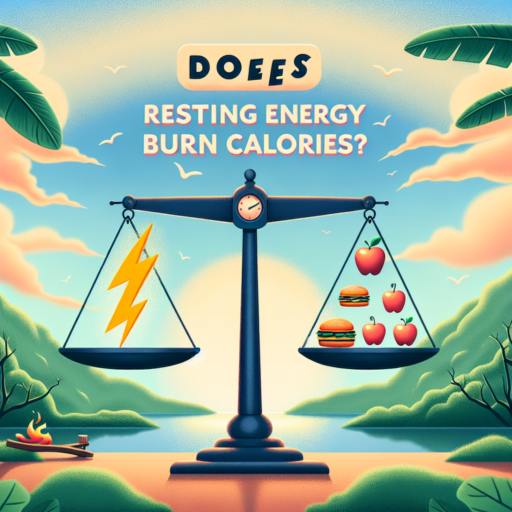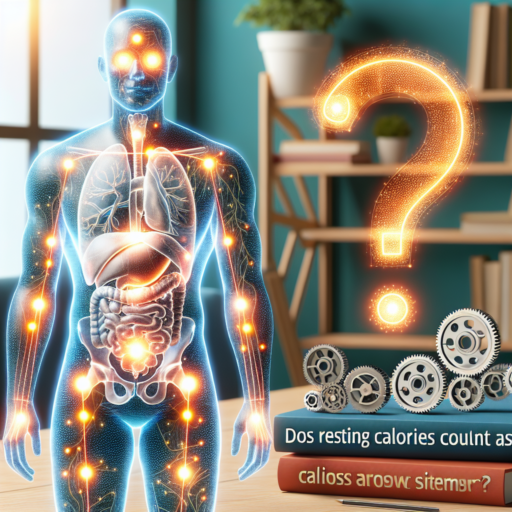How is a calorie calculated?
Understanding how a calorie is calculated involves diving into the energy contained within the foods and beverages we consume daily. The process is based on the calorimetry principle, which measures the energy foods or drinks release in the human body. Essentially, a calorie is the amount of heat required to raise the temperature of one kilogram of water by one degree Celsius.
The primary method used to calculate calories in food is the Atwater system. This system assigns fixed caloric values to the macronutrients in foods: proteins, carbohydrates, and fats. Proteins and carbohydrates are roughly estimated to contain 4 calories per gram, whereas fats are denser in energy, providing about 9 calories per gram. This approach allows for the approximate caloric content of a food item to be calculated by summing the calories provided by its individual macronutrients.
Furthermore, advancements in technology have given rise to more accurate methods, such as the bomb calorimeter. This device directly measures the energy yielded by a food item when burned in a controlled environment, offering a precise calorie count. While this method is more accurate, the Atwater system is still commonly used due to its simplicity and efficiency for routine nutritional labeling and dietary planning.
What determines the number of calories you actually eat?
The number of calories you actually consume in a day can be influenced by a myriad of factors. Understanding these can help you manage your dietary intake more effectively, whether your goal is weight management, nutritional balance, or simply maintaining a healthy lifestyle.
Serving sizes play a pivotal role in determining your calorie intake. Often, the portion size of meals and snacks can significantly diverge from the standard serving sizes recommended by nutritional guidelines. This discrepancy can lead to consuming more calories than intended. It’s important to measure or accurately estimate serving sizes to keep calorie intake in check.
Another crucial factor is the nutritional composition of the foods you eat. Foods high in fats and sugars tend to be more calorie-dense, meaning small volumes carry a lot of calories. Conversely, foods rich in fiber and water content, such as fruits and vegetables, provide fewer calories and a higher volume, aiding in satiety and calorie control.
The influence of meal timing on calorie consumption is also noteworthy. The body’s metabolic rate varies throughout the day, affecting how calories are burned. Eating more substantial meals when the metabolism is higher, typically during the daytime, as opposed to late-night snacking, can impact the total caloric absorption and usage.
How were calories first determined?
The journey to determining calories as we know them today involves a fascinating history that dates back to the 19th century. The term «calorie» was first introduced by Nicolas Clément in 1824, primarily as a unit of heat. However, it wasn’t until the late 1800s that the calorie was more precisely defined and its relevance to nutrition and human diet began to be understood.
Wilbur Olin Atwater, an American chemist, played a pivotal role in this advancement. Atwater’s experiments were groundbreaking; they involved measuring the energy provided by foods through combustion in a device known as a calorimeter. This method allowed for the quantification of energy in food, expressed as calories, by burning the food and measuring the heat produced. The fundamental principle was that the amount of heat (energy) released during combustion could be directly correlated to the amount of energy food would provide to the body.
Atwater’s methodology laid the groundwork for nutritional science by introducing the concept that not all foods are equal in terms of energy provision. He determined that proteins and carbohydrates contain about 4 calories per gram, while fats contain approximately 9 calories per gram. This differentiation is pivotal in understanding dietary energy and continues to be a cornerstone in nutrition and diet planning.
No se han encontrado productos.
How accurate is calorie counting?
Calorie counting has become a popular tool for managing weight and ensuring nutritional balance. However, the accuracy of calorie counting can vary significantly, depending on several factors. It’s crucial to understand the nuances behind the numbers on your food labels or tracking apps.
The Impact of Food Measurement Accuracy
One of the primary challenges in calorie counting is precisely measuring food quantities. Whether you’re using cups, spoons, or a food scale, slight variations can lead to significant discrepancies in calorie calculations. For instance, packing a cup of flour too tightly or too loosely can alter the actual calorie content, making your count less reliable.
Caloric Absorption Differences
Another aspect affecting calorie counting’s accuracy is the body’s variable efficiency in absorbing and metabolizing food. Not all consumed calories are absorbed equally; factors such as cooking methods, food type, and individual gut health can influence this process. Therefore, even if your calorie count is technically accurate, the actual energy your body derives might differ.
While counting calories can provide a helpful framework for managing diet, it’s important to acknowledge its limitations. Being aware of potential sources of error and understanding that not all calories are processed equally by the body can help in making more informed nutritional decisions.




